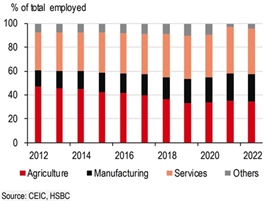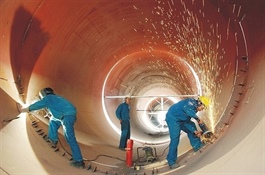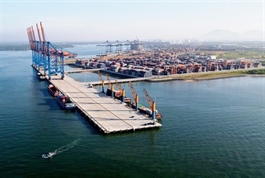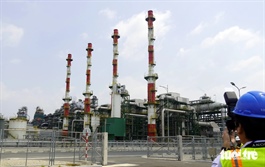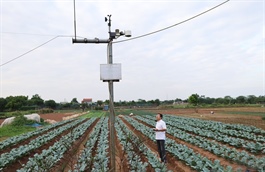S&P Global: Việt Nam's PMI declines slightly amid pick-up in demand
S&P Global: Việt Nam's PMI declines slightly amid pick-up in demand
The Việt Nam Manufacturing Purchasing Managers' Index (PMI) as reported by S&P Global, edged down to 49.6 in October from 49.7 in the previous month, indicating a second consecutive monthly decline in the manufacturing sector.
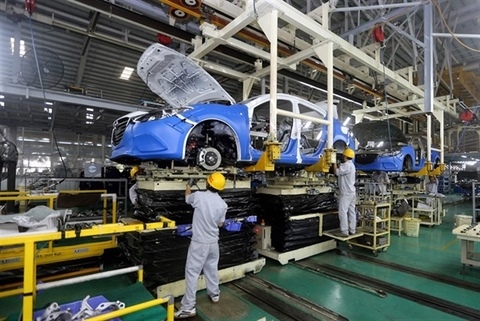
Mazda cars are assembled at Vina Mazda factory in central province of Quảng Nam. — VNA/VNS Photo |
It was the second straight month of decline in factory activity, as output continued to shrink while new orders grew the least in the current sequence of expansion, with new export orders softening.
S&P Global’s report points out that overall business conditions in the Vietnamese manufacturing sector deteriorated slightly in October as firms continued to scale back production despite modest improvements recorded in new orders.
The number of new orders has increased for the third consecutive month, indicating some improvement in customer demand. However, the growth rate remains slight and is the weakest in the current upturn, S&P Global said.
The incomplete statistics show that customers are still hesitant to commit to new orders.
Employment was broadly unchanged in October, thereby ending a seven-month sequence of falling staffing levels, while backlogs of work declined at the strongest rate since June 2021.
Meanwhile, purchasing activity continued to rise solidly, expanding for the third month running amid efforts to build reserves of inputs ahead of expected increases in production.
On the price front, input and output cost inflation accelerated to an eight-month high due to currency weakness and rising oil prices.
According to S&P Global’s survey, a further build-up of inflationary pressures was signaled at the start of the fourth quarter, with both input costs and output prices rising at sharper rates.
Moreover, the respective rates of inflation each hit eight-month highs. The rising oil prices have pushed up input costs, with higher prices for fuel and plastics among those feeding on from rises in the cost of oil.
On the other hand, finished goods inventories also decreased as manufacturers used inventory to meet new orders instead of increasing production.
According to Andrew Harker, Economics Director at S&P Global Market Intelligence, PMI data last month painted a similar picture to that for the end of the third quarter this year.
New orders continued to rise, but only at a modest pace and one which wasn't sufficient to encourage firms to expand their production. Instead, manufacturers were content to draw down inventories of finished products to satisfy demand.
There was some more positive news on the employment front as a seven-month period of job cutting came to an end. This, along with rising purchasing and positive sentiment, suggests that firms are becoming more confident that recent demand improvements will be sustained in the next months, he added.







